Top Things to Know Before Buying Artificial Flowers for Outdoors
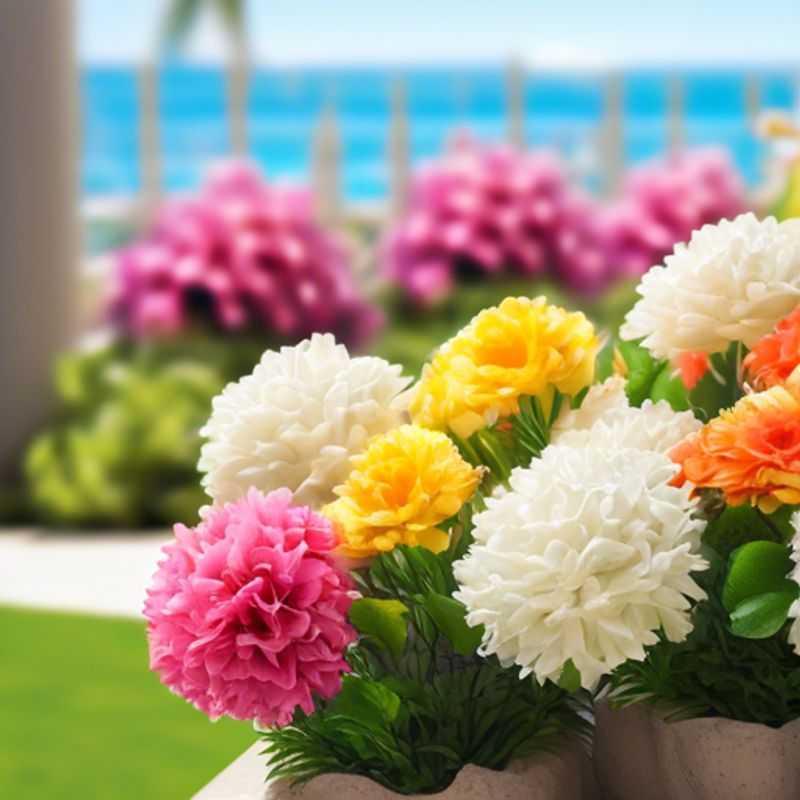
Top Things to Know Before Buying Artificial Flowers For Outdoors: Climate, UV Resistance, Durability, Scale, Maintenance, Realism, and Style
Ready to add a touch of beauty to your outdoor space without the hassle of real plants? Artificial flowers are a fantastic option, but before you head to the store, there are a few key things to consider to ensure you get the best results.
Consider the climate and weather conditions of the outdoor area.
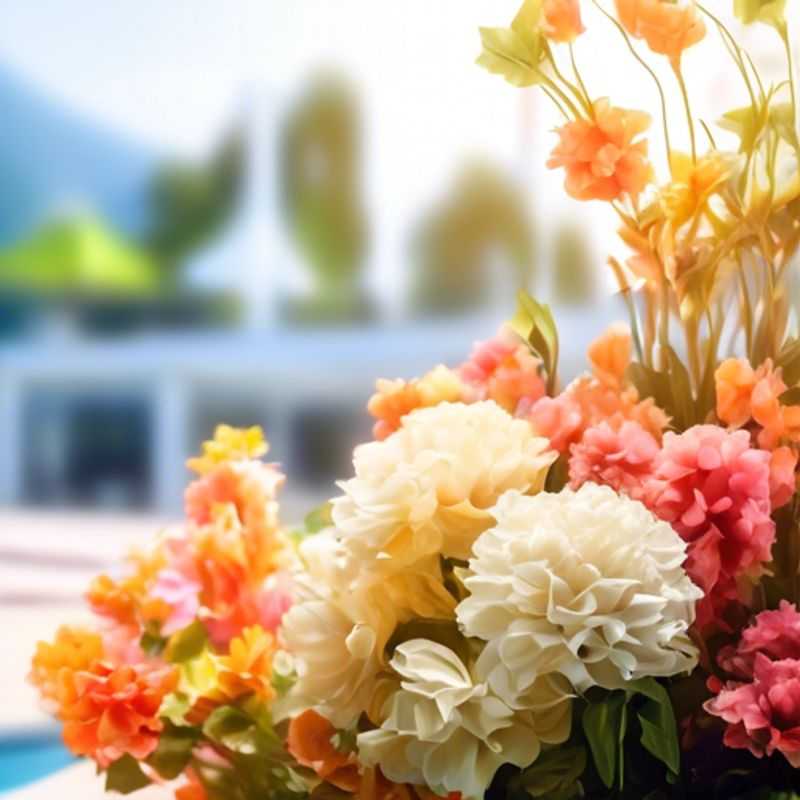
Designing for the Elements: Climate and Weather in Outdoor Spaces
Weather and climate play a huge role in outdoor activities. It's crucial to consider these factors when planning your outdoor adventure, as they can significantly impact safety, comfort, and the overall enjoyment of your experience.
Understanding weather patterns is key. Researching the average temperature, rainfall, wind conditions, and potential for severe weather is essential. Factors such as humidity, sunshine hours, and even seasonal changes can all influence the best time to engage in specific activities.
Prepare for various conditions. Even if the forecast predicts sunny skies, it's wise to be prepared for unexpected weather shifts. Packing appropriate clothing layers, a raincoat, and even a basic first-aid kit can make all the difference in ensuring a safe and comfortable experience.
Consider the impact of weather on your activities. Some activities might require specific equipment or preparation based on weather conditions. For instance, hiking in mountainous terrain during winter requires specialized clothing and gear for dealing with snow and ice. Remember, it's always better to err on the side of caution when it comes to safety in the outdoors.
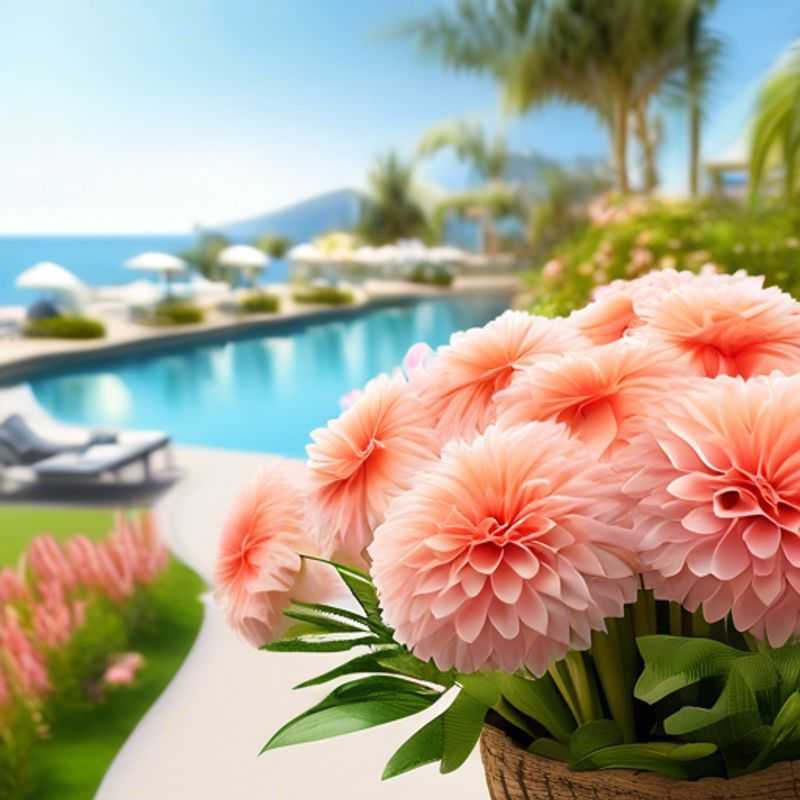
Opt for UV-Resistant and Weatherproof Artificial Flowers: Keeping Your Outdoor Decor Blooming
Choosing UV-resistant and weatherproof artificial flowers is a smart decision for those looking to add a touch of beauty to their outdoor spaces without the hassle of constant maintenance. These flowers can withstand the harsh elements of the sun and rain, ensuring they retain their vibrant colors and pristine appearance for a long time.
UV-resistant artificial flowers are treated with special coatings that protect them from the damaging effects of ultraviolet (UV) rays, preventing them from fading or becoming discolored. This is particularly important for outdoor decor, where prolonged sun exposure can quickly degrade the appearance of standard artificial flowers.
Weatherproof artificial flowers are constructed from materials that are resistant to water, humidity, and extreme temperatures. They can withstand rain, snow, and even frost, ensuring they remain in excellent condition year-round. These flowers are also designed to resist mildew and mold growth, making them ideal for areas with high humidity.
The cost of these flowers can vary depending on the materials used, size, and complexity of the design. However, the investment is worth it considering the long-term benefits and the overall value they provide.
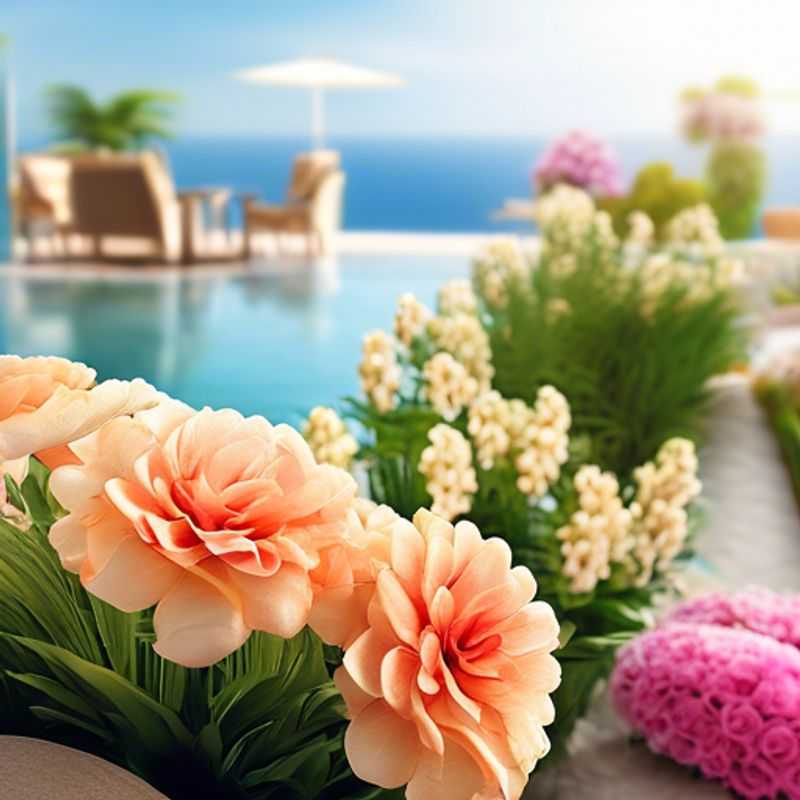
Choosing Flowers That Last: High-Quality, Durable Materials for Lasting Beauty
Choosing flowers made with high-quality, durable materials is a wise investment, ensuring your arrangements will last longer and look their best. When shopping, look for flowers crafted with real touch materials. These mimic the feel and appearance of fresh flowers, but they are crafted with durable, long-lasting materials.
Another option is to choose silk flowers. These flowers are made from real silk, a natural fiber that is known for its beauty and durability. Silk flowers are often more expensive than real touch flowers, but they are also more realistic and will last for years. Remember, flowers made from high-quality materials will be more expensive, but the investment is worth it for a long-lasting and beautiful display.
When deciding on flower material, consider the intended use. For a long-lasting display that you want to enjoy for many years, silk or real touch flowers are ideal choices. For a more budget-friendly option, consider flowers made from synthetic materials. However, be sure to check the quality and durability of the materials before purchasing.
Think about the location where your flower arrangement will be displayed. For areas prone to dust or moisture, choose flowers that are water-resistant and easy to clean. When choosing flowers, think about the style of your decor to ensure a harmonious look.
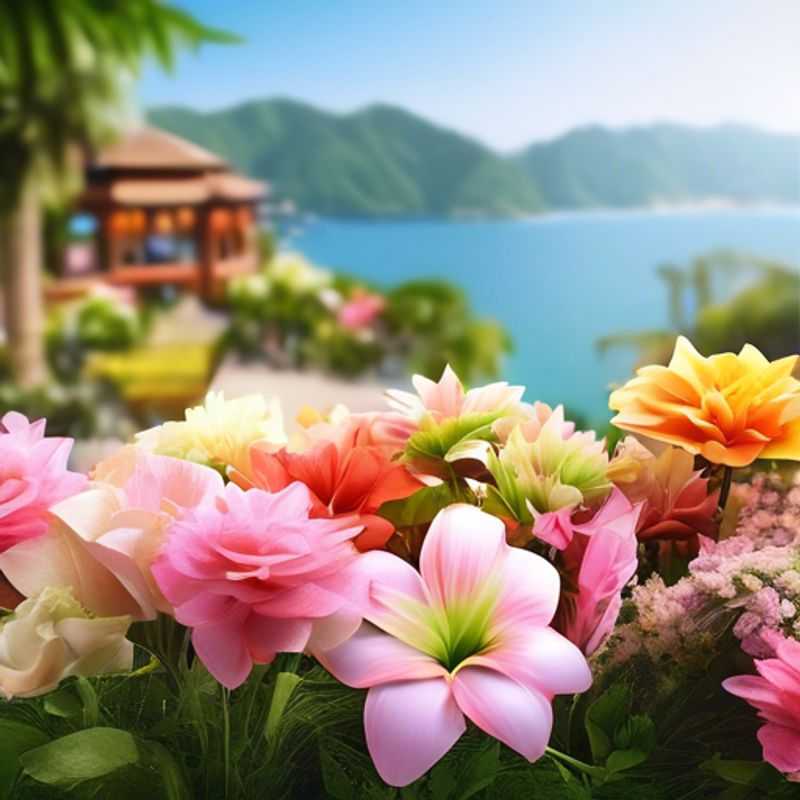
Measure Twice, Cut Once: The Importance of Space Planning
Measuring the space is a crucial step in ensuring the scale and placement of your project are appropriate. This is particularly important in fields like construction, engineering, and design. Here's a simplified guide on how to approach space measurement:
1. Define the Objective: Before you start measuring, you need to clearly understand what you're trying to achieve. Are you designing a building, placing a piece of equipment, or simply planning a layout? Knowing the specific goal will guide the measurement process.
2. Determine the Tools: You'll need the right tools for the job. A measuring tape, ruler, or laser distance meter are common options. You might also need tools like a level to ensure surfaces are even or a compass to determine angles.
3. Plan the Measurement: This involves deciding how you'll measure the space, what points need to be recorded, and how you'll record those measurements. It can help to sketch a simple diagram to visualize your plan.
4. Execute the Measurement: Take your measurements meticulously, ensuring accuracy and consistency. Record the measurements clearly, preferably in a format that can be easily used for calculations or drawings.
5. Verify the Measurements: Always double-check your measurements, especially if they are critical to the project. It's better to redo a measurement than to find errors later on.
6. Scale and Placement: With accurate measurements, you can now determine the scale of your project and where items will be placed. This could involve making scale drawings or using software to visualize the space.
7. Adjustments and Refinements: Be prepared to make adjustments to your scale and placement as needed. This is a common part of the design and planning process. It is crucial to iterate based on your measurements and insights.
8. Communication: If you're working with others on a project, ensure everyone has access to the accurate measurements. This avoids confusion and helps maintain consistency.
Remember, accurate space measurement is a critical step in any project involving physical space. Taking the time to measure meticulously and thoroughly will save you time, effort, and potential problems down the line.
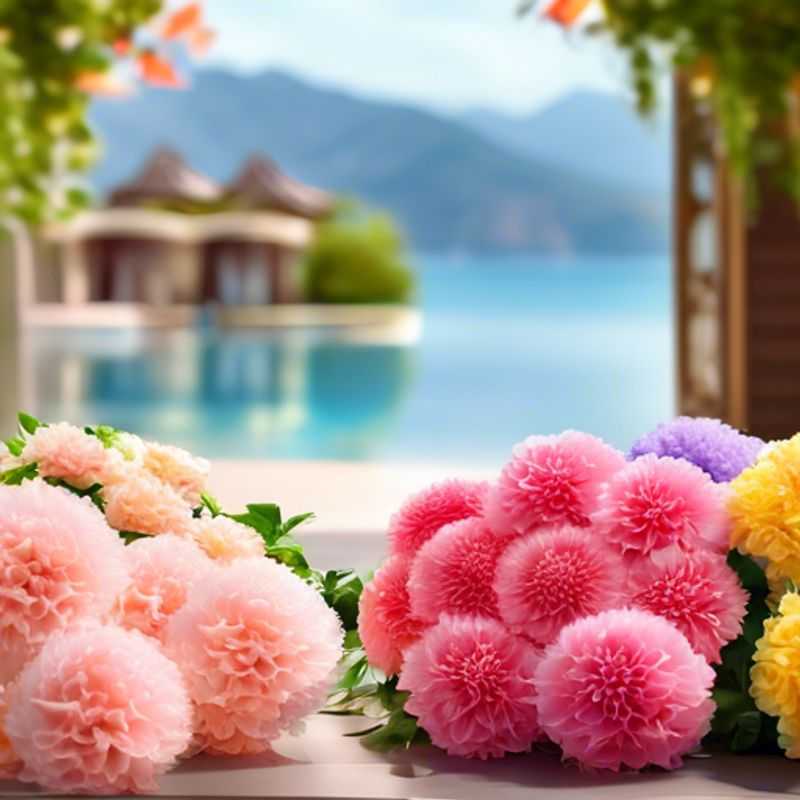
Keeping Your Research Running Smoothly: Maintenance Requirements for Cleaning and Upkeep
Research maintenance is crucial to ensure the longevity and reliability of research facilities and equipment. Maintaining a clean and organized research environment is vital for accurate results and the safety of researchers. Here’s a concise guide for planning research maintenance requirements:
Cleaning and Upkeep: Regular cleaning is essential for a research facility. It involves dusting, wiping down surfaces, and vacuuming to remove dust, dirt, and debris. It is essential to use cleaning products that are suitable for laboratory equipment and materials and follow all safety protocols.
Equipment Maintenance: All research equipment needs regular maintenance checks and servicing. This may involve calibrating instruments, replacing parts, and cleaning delicate components. Ensure that the equipment is properly documented, including maintenance records and user manuals.
Waste Disposal: Research facilities generate various waste materials, including chemicals, biological materials, and sharps. Proper disposal procedures must be followed to ensure the safety of the environment and researchers. Be sure to check local regulations for disposing of hazardous materials.
Safety Measures: Research environments require strict safety measures. These include ensuring adequate ventilation, proper handling of hazardous materials, and having emergency procedures in place. Regular safety inspections and training for researchers are crucial.
Budget Considerations: When planning research maintenance requirements, you must consider the costs associated with cleaning supplies, equipment servicing, waste disposal, and safety equipment. Developing a detailed budget allows for accurate cost estimation and prioritization of maintenance tasks.
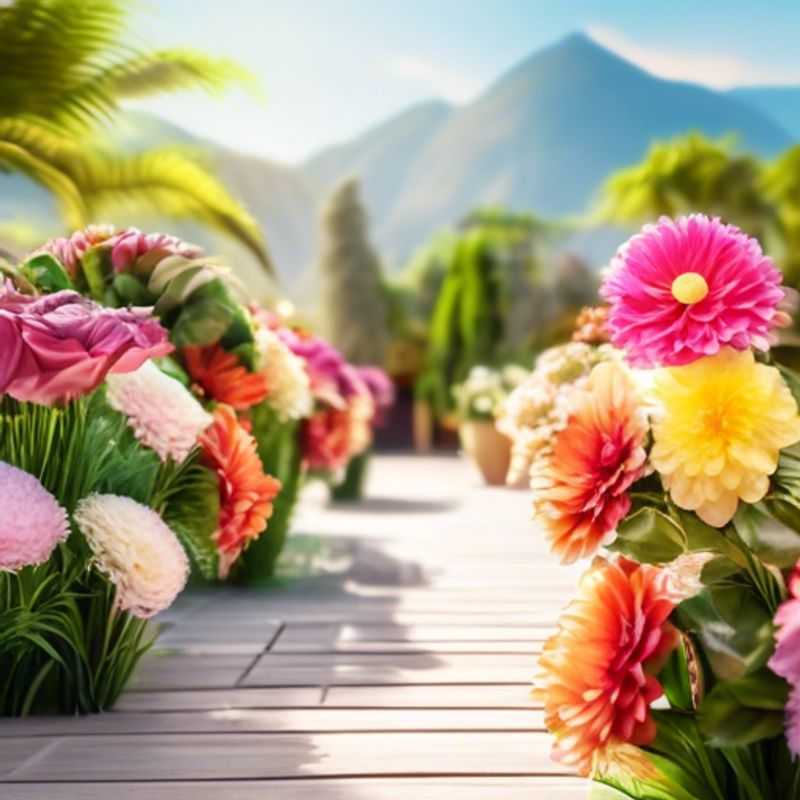
Fake Flowers, Real Wow: Finding Artificial Blooms That Look Natural
When choosing artificial flowers for your home or event, opt for those with a natural, realistic appearance. Look for flowers that mimic the texture, color variations, and even imperfections of real blooms. This level of detail is crucial for achieving a convincing and beautiful display.
Consider the following tips:
• Material: Real-touch flowers, often made from high-quality silk or polyester, provide the most lifelike feel. They can even fool the eye at close range.
• Color: Opt for flowers with subtle color variations, rather than uniform hues. Real flowers rarely have a single, perfect shade, so look for blooms with depth and complexity.
• Shape and Texture: The petals of high-quality artificial flowers should have a natural, slightly uneven shape, and a realistic texture. Look for flowers with veining, wrinkles, and other details that mirror real blooms.
• Arrangement:Mix and match different types of artificial flowers, sizes, and colors to create a natural-looking arrangement. You can also incorporate real foliage or twigs to add further authenticity.
Remember, a well-chosen bouquet of realistic artificial flowers can bring lasting beauty to your home or event while requiring minimal maintenance.
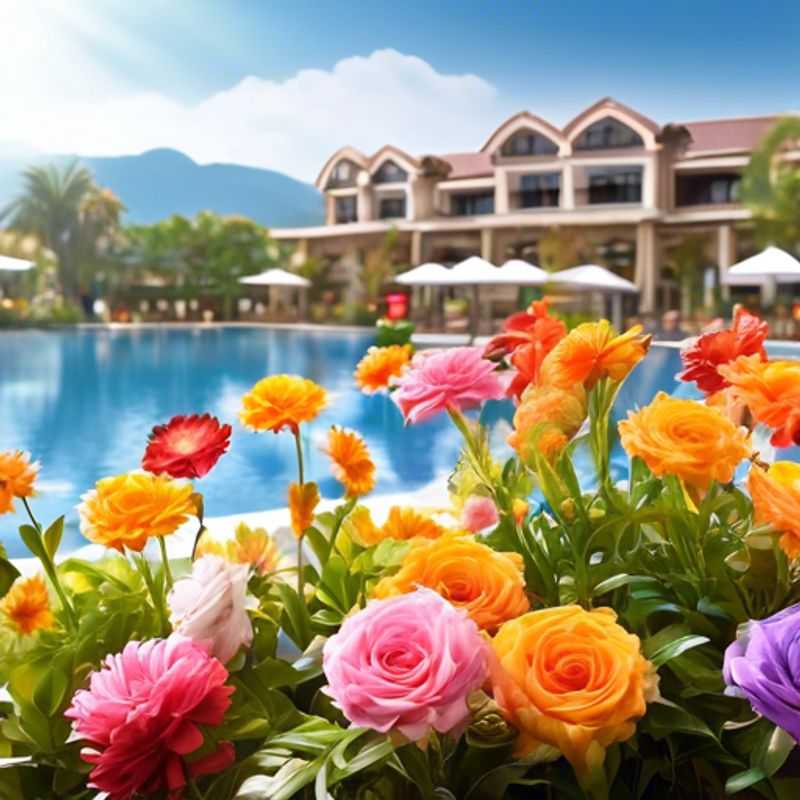
Outdoor Decor Harmony: Matching Colors and Styles
Coordinating your outdoor decor's colors and styles can transform your space into a stylish and inviting oasis. Here's a simple guide to help you achieve a cohesive look:
Start with a color palette. Choose a few main colors that you love and will tie everything together. Consider the colors of your home's exterior, surrounding landscaping, and any existing furniture. Popular choices include earthy tones like browns, greens, and blues, or bright accents like yellows and oranges. Keep the palette limited to 2-3 main colors and a few accents.
Choose furniture with a consistent style. Do you prefer traditional, modern, rustic, or eclectic? Selecting furniture that complements your chosen style will create a cohesive look. Mixing different styles can be successful if done strategically. For example, you could pair a traditional wooden table with modern chairs or vice versa.
Add decorative elements. Pillows, throws, lanterns, and plants can bring pops of color and texture. These elements can be swapped out seasonally for a fresh look. Consider using contrasting textures like woven baskets alongside smooth metal planters.
Lighting plays a crucial role. Choose lighting fixtures that complement your style and illuminate the space effectively. String lights, lanterns, and solar lights add ambiance and can be customized to your color scheme.
Don't forget the details! Matching your outdoor accessories, such as tableware, serving trays, and even outdoor rugs, to your color palette and style will pull everything together.
Keep it personal! Most importantly, enjoy the process and let your personal style shine through. This space should reflect your personality and bring you joy.
